Red Bull has turned heads by following up on its dominant RB19 with a radical design for the RB20.
It's a bold move for a team that won 21 of the 22 races last year to take a risk on the extreme aerodynamic concept, although perhaps one they can afford if it does not have the intended outcome.
Team Principal Christian Horner has stated they would not have gone with the concept if the numbers in the wind tunnel and simulations did not show it was better.
But given the RB19 often won races by a margin over 20 seconds, they could still revert back to that car and still be competitive. The stability of the regulations means teams will have caught up year-on-year, but many have spoken about the need to completely change "almost every component" in a bid to close the gap.
With that in mind, which other teams have brought the same car as previous years and enjoyed the same success on track?
Ferrari F2002
Technically Ferrari used the F2001 for the first three rounds of the 2002 season, but this was increased to four in 2003 when the F2002 proved to be just as competitive.
Michael Schumacher won 10 races out of the 17 at the wheel of the F2002, and in the other five rounds he finished second to teammate Rubens Barichello.
The pair added to the podium tally in the following season in the F2002B, with a second and third place for Barrichello at Malaysia and San Marino and a victory for Schumacher at the latter.
It would go down as one of the most dominant cars in F1 with a win percentage of 88.24%, enough to secure Schumacher a second title with the team and help him on the way to a third the following year.
Lotus 72
After introducing the Lotus 72 during the 1970 F1 season, the team stuck with the car concept until the end of the 1975 season.
During that period it gave Lotus three Constructors' Championships and two drivers titles with Emerson Fittipaldi in 1972 and Jochen Rindt posthumously in 1970.
Visually it was one of the most striking cars of its era, becoming one of the first to adopt the wings that dominate car design today to make it quicker and more agile through the corners.
Although it was not exactly the same car, it did retain the same basic concept with modifications through the years to make it faster and more reliable.
After 20 wins it was replaced by the Lotus 77 for the 1977 season, but its longevity makes it one of the most successful F1 cars ever.
Red Bull RB16
Red Bull is no stranger to bringing the same car year-on-year after it kept the RB16 for another year, with it introducing the RB16B which had marginal updates to the rear suspension and gearbox casing.
The regulation change to the floor section also favoured Red Bull, with Max Verstappen going on to mount a credible challenge to Mercedes and Lewis Hamilton for the Drivers' Championship.
Verstappen took Red Bull's 13th and final win with the car out of 39 races at the season finale in Abu Dhabi, which gave the RB16 and RB16B a success rate of 33.33%.
Don't miss out on any of the Formula 1 action thanks to this handy 2026 F1 calendar that can be easily loaded into your smartphone or PC.
Download the calenderMost read
In this article
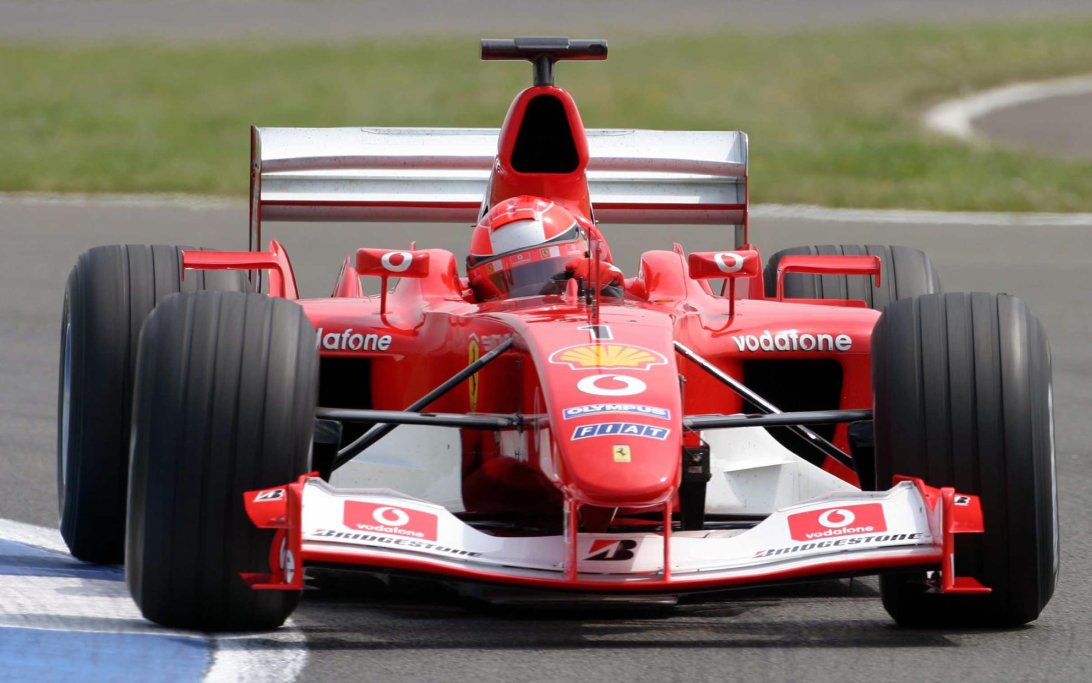

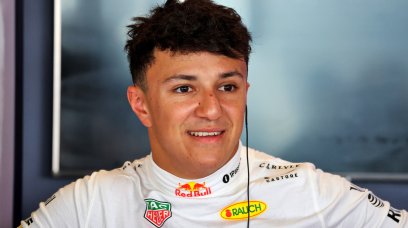
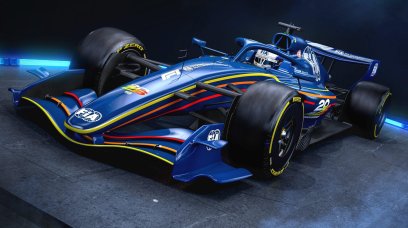


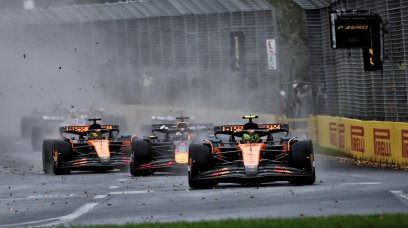


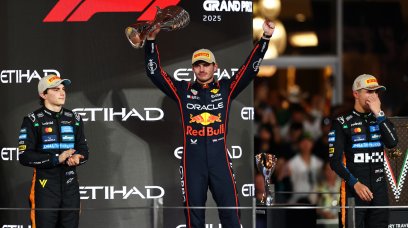

Join the conversation!